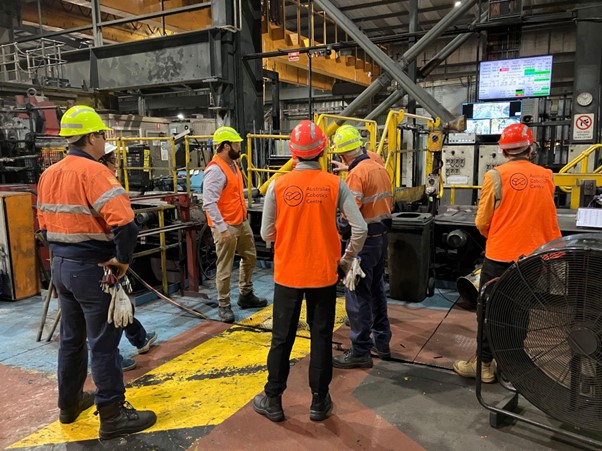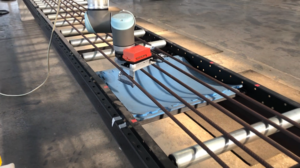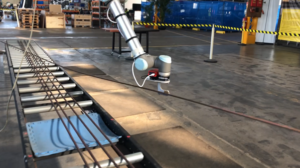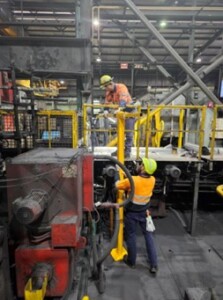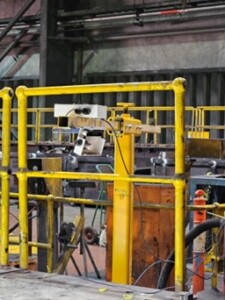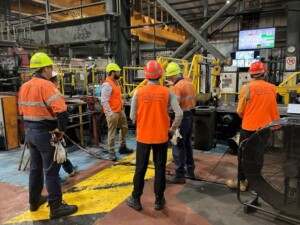This article is written by Amir Asadi, PhD researcher at the Australian National University (ANU) and a visiting researcher at Australian Cobotics Centre. It draws upon the introduction section of a paper he co-authored with Associate Professor Elizabeth Williams from the Australian National University, Associate Professor Glenda Caldwell from the Queensland University of Technology, and Associate Professor Damith Herath from the University of Canberra.
Today’s global healthcare system faces a pressing challenge: ensuring equitable access to healthcare amidst a severe workforce shortage. The World Health Organization predicts a shortfall of 10 million healthcare workers by 2030 [1], a situation worsened by an ageing population, increasing demand for medical services, and the COVID-19 pandemic. This shortage leads to a heavy workload for existing healthcare professionals, which research indicates can severely affect patient care quality [2].
In response to the challenges caused by the shortage of healthcare professionals, technological innovations offer a viable approach to reduce the workload on healthcare workers, which could ultimately improve patient care and health service quality. Among many cutting-edge technologies suggested for healthcare, robotics has emerged as a particularly promising area. Robots can assist in a variety of tasks, ranging from surgical procedures to patient care and physical rehabilitation. This leads us to the Human-Robot Collaboration (HRC) concept, where humans and robots work together, leveraging each other’s strengths to achieve shared goals [3]. HRC focuses on augmenting human efforts with robotic assistance in a safe, flexible, and user-friendly manner, thereby enhancing the efficiency and effectiveness of tasks, operations, and workflows [4].
In healthcare, HRC aims to create a symbiotic relationship between healthcare professionals and robots to improve patient care. This approach spans a wide array of applications, including physical rehabilitation, support for the elderly and disabled, surgical assistance, and responses to COVID-19, such as patient handling and disinfection tasks. The breadth of HRC research reflects a commitment to addressing the healthcare system’s immediate and long-term needs.
Despite the clear advantages highlighted by research into HRC in healthcare, its integration has been gradual, reflecting the healthcare sector’s traditionally cautious approach towards new technologies [5]. This slow pace of adoption is multifaceted. The initial aspect encompasses general challenges associated with introducing new technologies into healthcare, such as infrastructure limitations, resistance from healthcare professionals, complex market dynamics, and regulatory barriers [6]. Following this, concerns particular to robots in healthcare, including safety issues, questions of effectiveness, public acceptance, and fears that robots may replace human caregivers, further slow the adoption process within healthcare environments [7]. The next dimension involves the distinct challenges of fostering a collaborative relationship between robots and human users. These challenges include developing intuitive interfaces for seamless human-robot collaboration, ensuring the reliability of robots in diverse healthcare scenarios, and addressing ethical considerations around autonomy and collaborative decision-making in patient care.
Together, these facets of challenges underscore the complexity of integrating HRC in healthcare settings and, therefore, necessitate a comprehensive approach that extends beyond mere technological considerations. This approach must encompass aspects such as regulatory compliance, ethical standards, stakeholder engagement, and infrastructural adaptation. To move forward and advance research in this field, it is crucial to adopt a holistic socio-technical perspective that acknowledges the complex interconnectedness between people, technology, environments, and workflows.
Furthermore, fostering a dialogue among multiple disciplines is imperative for the successful adoption of HRC in healthcare. The diversity of challenges that HRC is facing makes it crucial to bridge fields such as robotics, Human-Robot Interaction (HRI), human factors, medicine, nursing, social sciences, psychology, and ethics. By integrating insights from these diverse fields, the aim is to design and implement robotic technologies in a manner that not only addresses practical challenges but also enriches the efficiency and quality of healthcare services.
To conclude, we can safely say that while the journey to fully realise HRC’s potential in healthcare faces numerous obstacles, its effective adoption could transform healthcare delivery significantly, a process that requires both a socio-technical approach and a broad multidisciplinary dialogue.
References:
[1] World Health Organization (WHO), ‘Health workforce’. Accessed: Jan. 19, 2024. [Online]. Available: https://www.who.int/health-topics/health-workforce
[2] D. J. Elliott, R. S. Young, J. Brice, R. Aguiar, and P. Kolm, ‘Effect of Hospitalist Workload on the Quality and Efficiency of Care’, JAMA Internal Medicine, vol. 174, no. 5, pp. 786–793, May 2014, doi: 10.1001/jamainternmed.2014.300.
[3] J. Arents, V. Abolins, J. Judvaitis, O. Vismanis, A. Oraby, and K. Ozols, ‘Human–Robot Collaboration Trends and Safety Aspects: A Systematic Review’, Journal of Sensor and Actuator Networks, vol. 10, no. 3, Art. no. 3, Sep. 2021, doi: 10.3390/jsan10030048.
[4] L. Lu, Z. Xie, H. Wang, L. Li, E. P. Fitts, and X. Xu, ‘Measurements of Mental Stress and Safety Awareness during Human Robot Collaboration -Review’, Proceedings of the Human Factors and Ergonomics Society Annual Meeting, vol. 66, no. 1, pp. 2273–2277, Sep. 2022, doi: 10.1177/1071181322661549.
[5] K. Nakagawa and P. Yellowlees, ‘Inter-generational Effects of Technology: Why Millennial Physicians May Be Less at Risk for Burnout Than Baby Boomers’, Curr Psychiatry Rep, vol. 22, no. 9, p. 45, Jul. 2020, doi: 10.1007/s11920-020-01171-2.
[6] A. B. Phillips and J. A. Merrill, ‘Innovative use of the integrative review to evaluate evidence of technology transformation in healthcare’, Journal of Biomedical Informatics, vol. 58, pp. 114–121, Dec. 2015, doi: 10.1016/j.jbi.2015.09.014.
[7] I. Olaronke, O. Ojerinde, and R. Ikono, ‘State Of The Art: A Study of Human-Robot Interaction in Healthcare’, International Journal of Information Engineering and Electronic Business, vol. 3, pp. 43–55, May 2017, doi: 10.5815/ijieeb.2017.03.06.
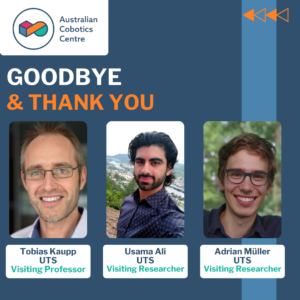
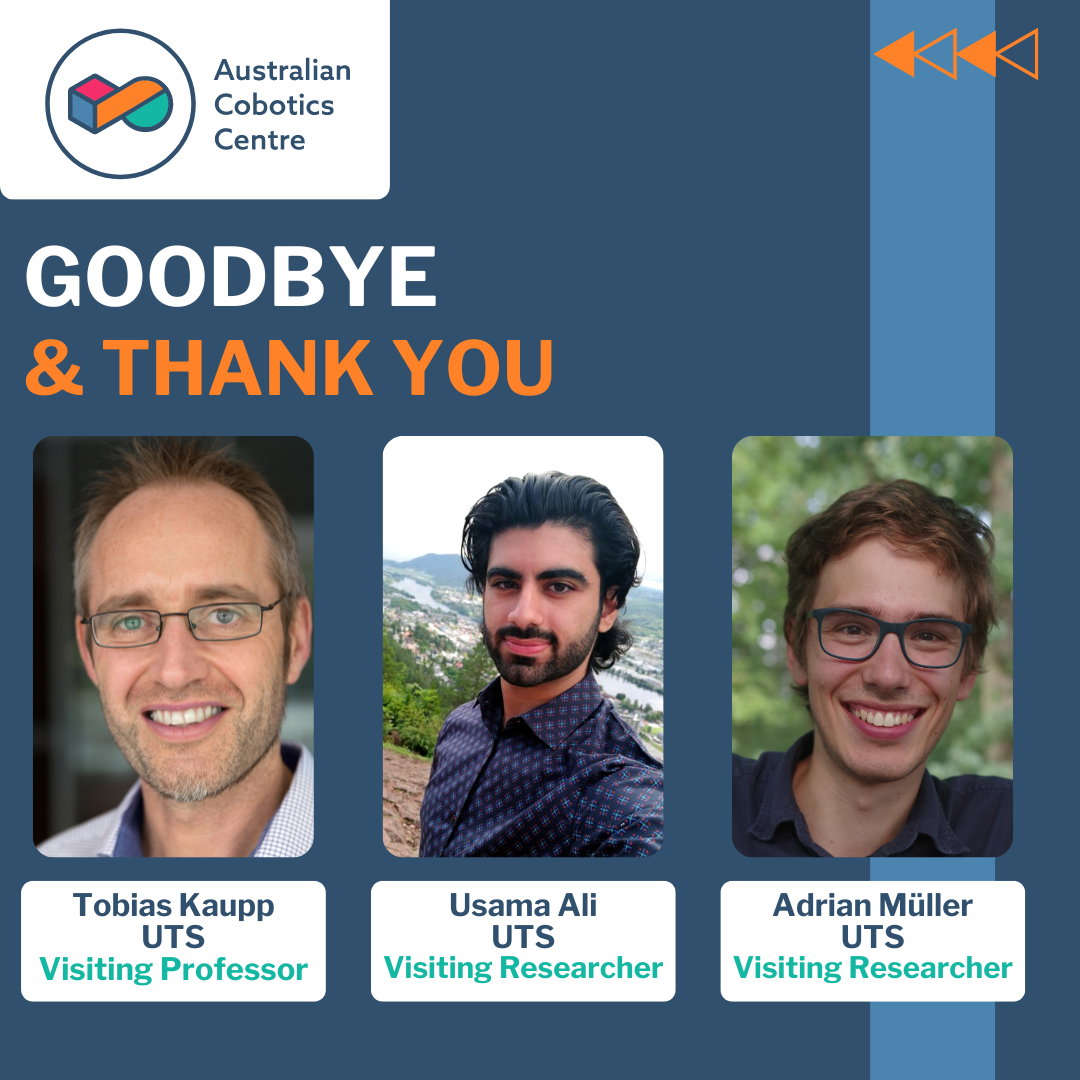


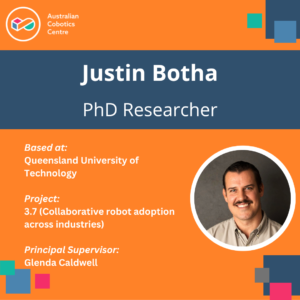
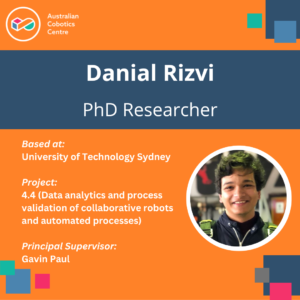
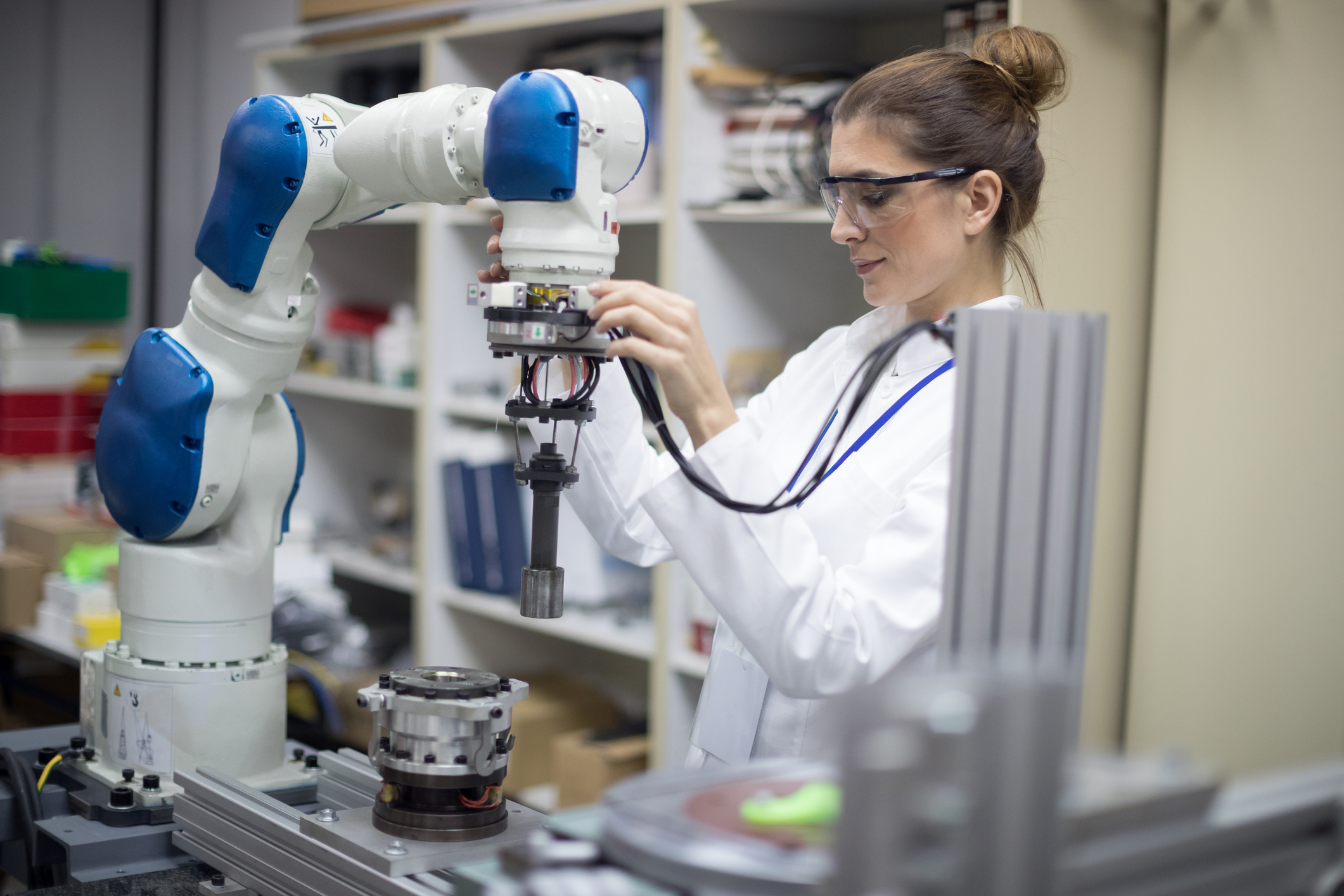

 Jacqueline Greentree
Jacqueline Greentree